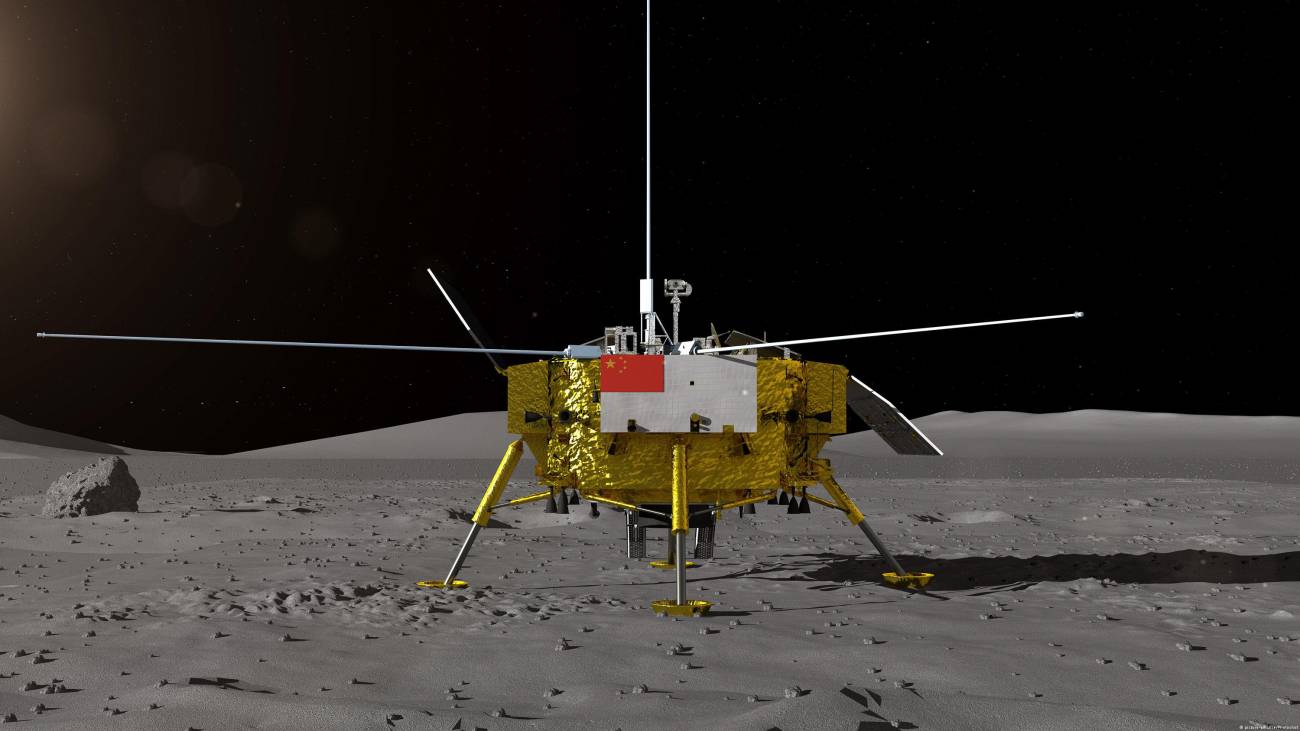Rabbits on the Moon

For the first time in the history of mankind, an envoy of people — an automatic probe consisting of a stationary platform and a lunar rover — successfully landed on the far side of the Moon. The project is being carried out by scientists and engineers of China as part of a program named after the goddess Chang'e. Its final will be the delivery of samples of local soils to Earth and the follow-up sending a manned expedition to the same lands.
The Earth and the Moon rotate synchronously and therefore we always see only one hemisphere of the yellow disk. But the orbital studies of its reverse side have confirmed that the deepest lunar craters and the widest basins with cavities possibly reaching the mantle are concentrated on the ‘dark half’. For astronomers, their detailed study is the opportunity to gain access to new information on the formation of the solar system. After all, more than 700 million years ago, it was pierced by a multitude of space objects, which made the satellite that protected our planet so ragged. It is very possible that it was after this bombardment that life began on Earth.
The Chinese landing module is fitted with international equipment. Germans collected a neutron dosimeter, Swedes a device for studying solar winds, the Dutch a low-frequency spectrometer etc. For data transmission, a relay satellite on the lunar orbit is used.
The most important part of the mission is a biological program: a series of experiments to create a closed ecosystem. To this end, seeds of potatoes, cabbage sprouts, and silkworm eggs were transported to the Moon. The larvae produce carbon dioxide, which plants convert to oxygen, the basis for the long-term work of people on extraterrestrial objects.
In recent years, quite a lot of flights have been made to the Moon, but most of them have been limited to studying it from the orbit. Two landings on the Moon had been planned for this month. An Israeli moonshot was meant to be an attempt to win the international competition of non-governmental space exploration projects "Google Lunar XPrize". A little later, India was supposed to send the mission Chandrayaan-2 with the moon rover on board. As for rabbits, this eared animal is associated with the Moon in the myths and legends of many nations, since the outlines of dark spots on the yellow disk are very similar to it. Perhaps, this is why the Chinese called their first moon rover Yutu, a jade rabbit.









